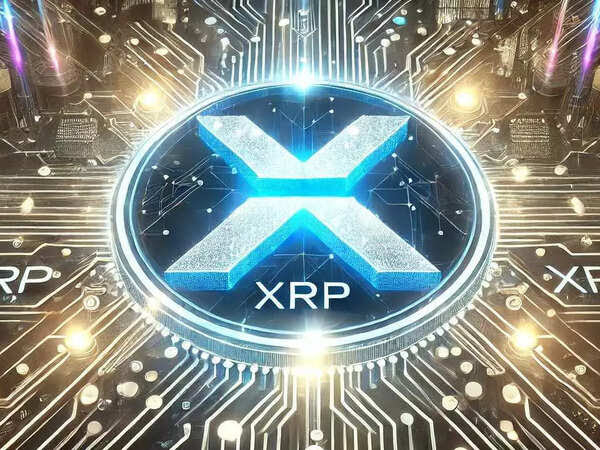XRP enters 2026 at a pivotal moment, shaped by regulatory clarity, expanding institutional adoption, and a shift in global payment infrastructure toward faster, low-cost settlement. The asset’s future hinges on whether Ripple’s technology can secure wider integration across banks, fintech platforms, and cross-border payment corridors. Market analysts expect XRP to benefit from macro trends such as tokenized assets, central bank digital currencies (CBDCs), and increased demand for instant liquidity. Still, the token faces challenges, including competitive pressure and the need to demonstrate real-world utility at scale. The coming year will test whether XRP can transition from speculative asset to essential financial instrument.
Regulatory Stability Fuels Renewed Confidence
One of the most important factors shaping XRP’s trajectory in 2026 is its improved regulatory environment. With major legal uncertainties settled and clearer compliance standards emerging across the United States, Europe, and Asia, institutions are more willing to explore or expand use of Ripple’s technology.
This stability has eased investor concerns and reopened pathways for corporate partnerships that were once stalled. The legal clarity also positions XRP more favorably against other digital assets still navigating regulatory scrutiny.
Institutional Adoption and Payment Utility
Ripple’s core value proposition—efficient cross-border payments—continues to draw interest from financial institutions that seek faster settlements and reduced transaction costs. Banks and remittance companies experimenting with on-demand liquidity models are evaluating XRP’s ability to improve cash-flow management and reduce dependency on pre-funded accounts.
If these trials convert into systemic adoption in 2026, the token’s daily utility could increase significantly. Demand driven by recurring institutional flows typically impacts liquidity and long-term valuations more sustainably than retail speculation alone.
XRP and the Tokenized Economy of 2026
As financial markets move deeper into tokenization, interoperability becomes essential. XRP’s design as a bridge asset could serve a growing market of tokenized deposits, bonds, commodities, and real-world assets.
Industry forecasts indicate that tokenized assets may reach multi-trillion-rupee valuations in the coming years, creating a competitive environment where efficient settlement tools are indispensable. If Ripple successfully positions XRP as part of this emerging infrastructure, the token’s utility could expand beyond payments into broader financial settlement roles.
Competition and Market Risks
Despite its advantages, XRP faces strong competition from blockchain networks offering faster throughput, lower costs, or more flexible smart-contract features. Real-world adoption often favors platforms that integrate easily with existing banking workflows, and Ripple must continue to refine its technology to stay relevant.
Market sentiment also remains sensitive to broader macroeconomic conditions, particularly monetary policy shifts that influence risk assets. Any slowdown in institutional adoption could affect demand in the short to medium term.
The Outlook: A Transitional Year With Strategic Potential
XRP’s future in 2026 appears cautiously optimistic. The asset benefits from regulatory clarity, a growing institutional focus on digital settlement, and the expansion of tokenized financial infrastructure.
Still, sustained success depends on tangible usage, not only market enthusiasm. If Ripple strengthens its partnerships and proves the scalability of on-demand liquidity solutions, XRP may evolve from a speculative cryptocurrency into a functional backbone of global payments.
For now, 2026 stands as a testing ground—one that could redefine the token’s role in the rapidly transforming world of digital finance.
